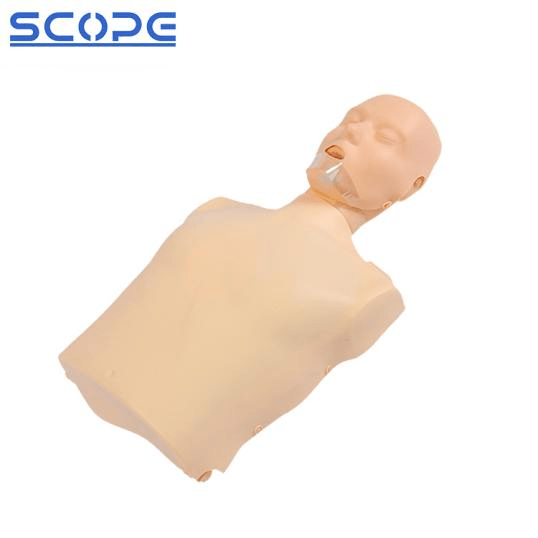In the world of emergency response, seconds can mean the difference between life and death. That is why effective training is essential, and manikins play an important role in honing essential skills. However, understanding the difference between a CPR manikin and an airway manikin is critical when selecting the right training partner.
CPR Manikins
l Realistic chest rise and fall: This assists trainees in determining the effectiveness of their chest compressions and ensuring proper depth.
l Clicker feedback: Some models provide audible or tactile cues to indicate proper compression depth, ensuring that trainees are on target.
l Durable construction: These manikins, which are designed to withstand repeated use, are essential for training groups and individuals.
l Focus on circulation: While some models permit limited airway practice, the primary goal of a CPR manikin is to restore blood flow through chest compressions.
Airway Manikins
l Practice airway maneuvers: Head tilt-chin lift, jaw thrust, and various airway adjuncts such as oral and nasal airways are examples of these.
l Simulate airway obstructions: These manikins allow learners to practice clearing blocked airways by incorporating realistic tongue and foreign body mimics.
l Master ventilation techniques: Some models support bag-valve-mask ventilation, which simulates the delivery of oxygen to a patient who is unable to breathe on their own.
l Focus on respiration: While some models allow for limited chest compression practice, an airway manikin's primary focus is on proper airway management and ventilation.

